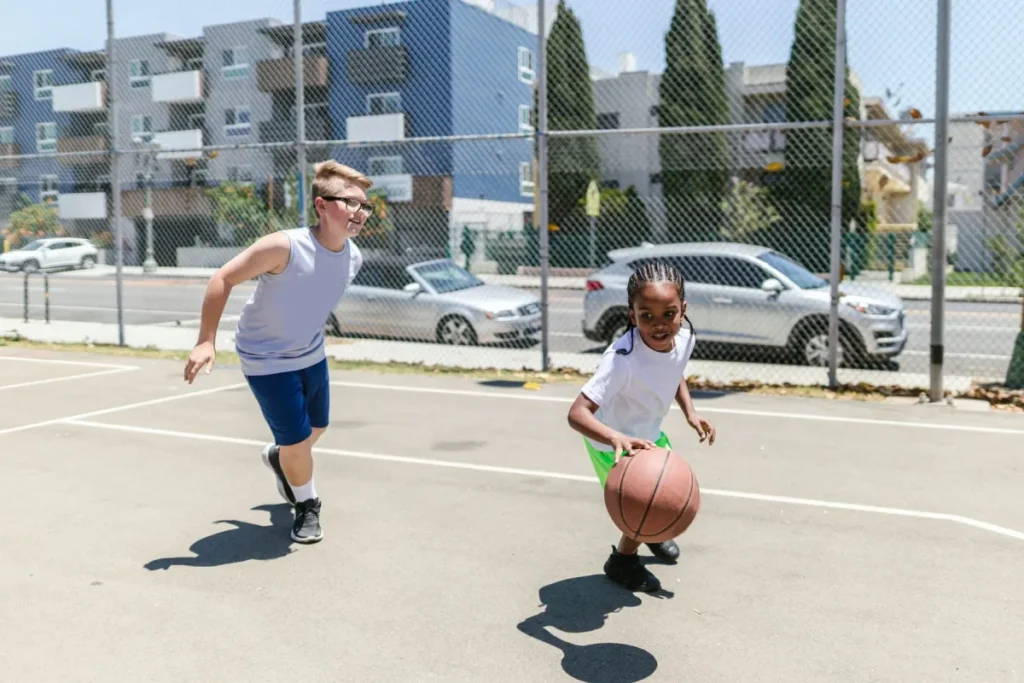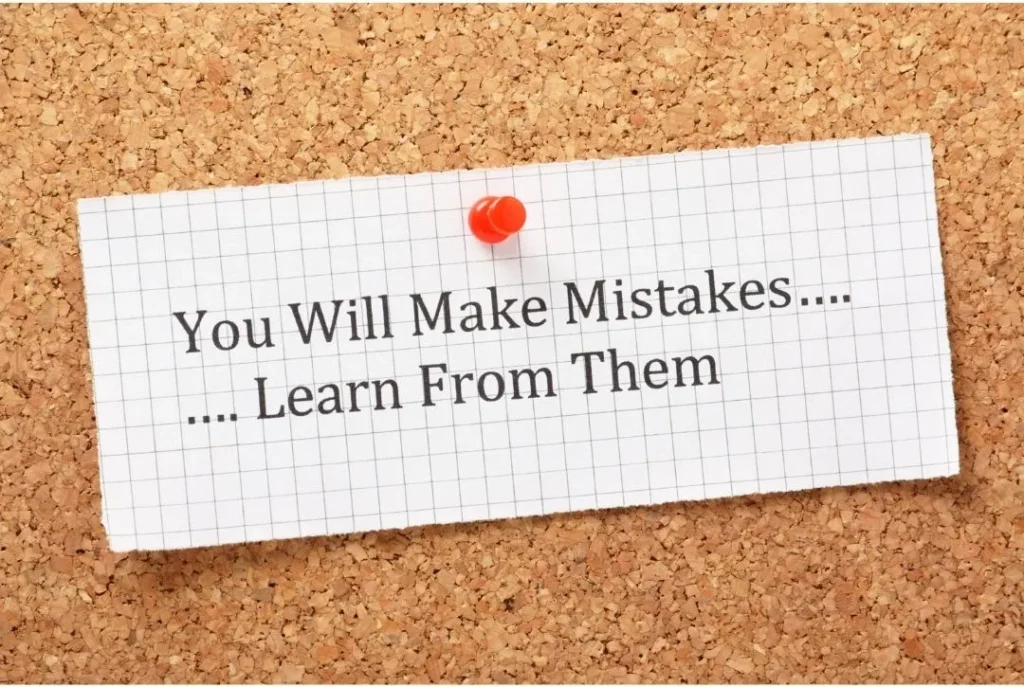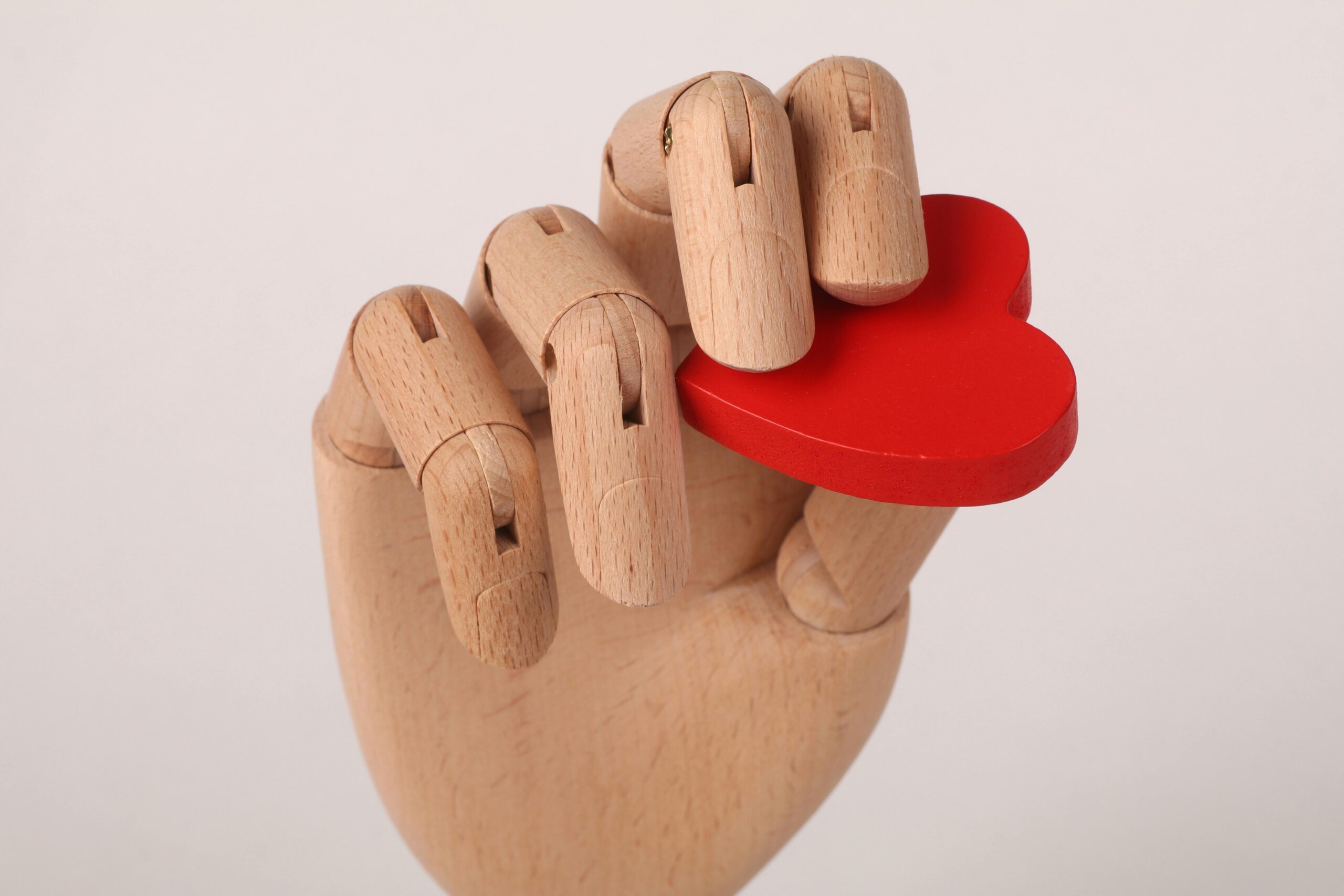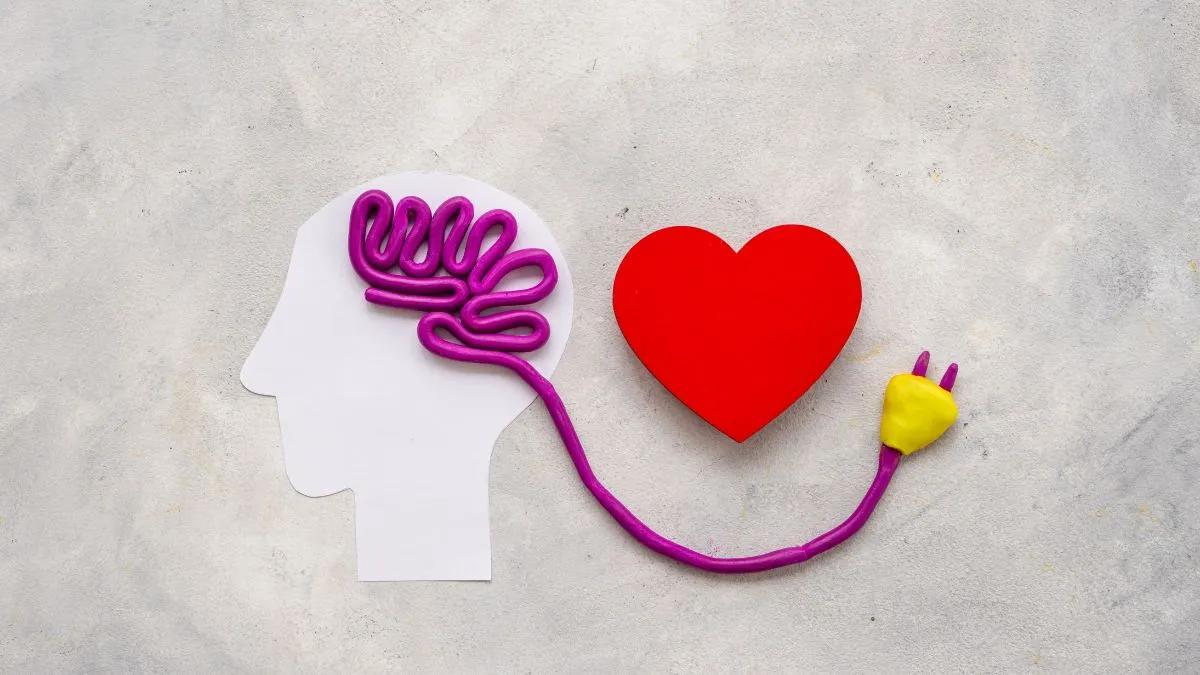Would you be surprised to learn that an estimated 85% of people worldwide have low self-esteem? That includes adolescents and adults. That’s an alarming amount, and yet it’s likely that you reading this article have a low self-esteem or have had one in the past. If so, you’re clearly not alone. More importantly, this is something you can change.
Self-esteem definition
Let’s start by defining self-esteem.
Self-esteem is your basic sense of self worth. It comes from the thoughts, feelings, and experiences you’ve accumulated about yourself throughout your life. It includes your self-confidence, feelings of security, your sense of belonging, and your feelings of confidence.
In other words, it’s your opinion of yourself.
It’s important to understand that self-esteem is malleable and measurable. We can test for and improve upon it.
Self-esteem vs. self-worth
Self-worth is a more global recognition that we’re valuable human beings and that we’re worthy of love.
Self-esteem vs. self-confidence
Self-confidence refers to your trust in yourself. It includes your ability to deal with challenges and solve problems. Self-confidence focuses more on external measures of success, a direct contrast to self-esteem. This means someone can have high self-confidence and a low self-esteem.
Self-esteem vs. self-efficacy
Self-efficacy refers to your beliefs about your performance and abilities as well as how well you’ll handle future actions. Someone who believes they can execute a plan successfully, especially under challenging or stressful situations, is someone with high self-efficacy.
How self-esteem develops
Self-esteem is largely dependent on cognitive development. I summarize it here.
Childhood
Children are only capable of processing domain-specific self-concepts in early childhood. This means that infants and toddlers are only able to ascertain whether they’re good at something within specific domains, like “I can run,” “I know my colors,” and so on. And at this age, they have all-or-none thinking. They can either do something or they can’t. This limitation can distort their self-concept.
Children at the preschool and kindergarten age show few individual differences in self-esteem. They generally only see themselves in a positive light rather than critically. They simply don’t have the capacity yet to do differently.
Beginning around age 7 or 8, children are able to develop the concept of whether they like or don’t like the kind of person they are. They’re able to start making self-evaluations.
Children’s cognitive understanding advances in middle childhood. They start to have a more global understanding about their abilities. For example, instead of “I am good at sports,” they may now recognize “I am good at basketball.”
The all-or-none thinking starts to go away in later childhood. That also means they lose the automatic positive outlook about their abilities. They can now differentiate between skills they’re good with and those they aren’t.
And so begins social comparison. They are now able to compare their abilities to others and use those comparisons to guide their beliefs about themselves.

Adolescence
Another change occurs in early adolescence. Instead of “I am good at sports/basketball,” a child in early adolescence will start to think “I am athletically talented.” The shift seems minor, but you can see it’s now more about a specific skillset.
In mid-adolescence there are dramatic shifts in self-perception across situations and time. For example, they may believe they are very popular one moment, and then very unpopular after a minor social rebuff.
This is also when they begin to develop multiple “selves.” They may be cheerful with peers, depressed at home, and nervous on a date.
By late adolescence, they can make better sense of the conflict between their multiple selves. They are capable of a more balanced and accurate self-representation. Additionally, the contradiction between their multiple selves is more normal for them at this age. They recognize it’d be weird to be the same self with your mother as you are on a date, for instance.
Here’s the thing: children can think positively of their domain-specific self-concepts and yet their global self-esteem could still be low. Before we get into why that could be, let’s first look at the differences between healthy self-esteem and low self-esteem.
Range of self-esteem
Self-esteem begins to increase in adolescence and continues to increase throughout adulthood. That said, it’s still largely stable over time for most people with minor ups and downs.
Self-esteem scores tend to be high in childhood, decline markedly in adolescence, and begin a slow and steady improvement in young adulthood, peaking around age 60 and then dropping again after 70.
Additionally, self-esteem has been shown to decline following the transition to parenthood, particularly for mothers.

Healthy self-esteem
People with a healthy self-esteem are more likely to have the following characteristics. They:
- have a more balanced and accurate view of themselves. They recognize their abilities as well as their flaws.
- believe they’re no better or worse than anyone else. They acknowledge we all have strengths and weaknesses.
- have an understanding that we learn from our mistakes and that those flaws are an opportunity for growth.
- are not afraid of feedback or criticism. Someone with a healthy self-esteem receives the information and processes it without taking it personally. Rather, they’re opportunities for improvement.
- feel comfortable expressing their emotions and their needs in a kind and healthy manner. They’re also comfortable with other people doing the same.
- are able to discuss their ideas, opinions, and beliefs while also listening to others without feeling the need to conform or to try to change others.
- accept challenges and risks in order to learn and grow. They aren’t afraid of setbacks and don’t let the risk of failure hold them back.
- are able to live in the present without dwelling on the past. They’re able to balance work, play, and relaxation.
- are comfortable with saying no and setting boundaries and aren’t afraid of conflict. They reject attempts of others to manipulate them.
Low self-esteem
Those with a low self-esteem are more likely to have the following characteristics. They:
- focus on perceived weaknesses and faults while giving little credit to their skills and assets.
- believe others are better, more capable, and more successful than themselves.
- place little value on their own opinions and ideas. They believe their needs and opinions are less important than others’ and struggle to express them. This includes placing other people’s needs above their own.
- struggle with positive feedback and confidence.
- have trouble setting boundaries and with saying no. They prefer to please people and avoid the conflict.
- doubt every decision and avoid taking risks or trying new things.
- frequently feel negative emotions, such as fear of failure, sadness, worthlessness, self-doubt, worry, anxiety, depression, or self-hate. They are also easily irritated or angered.
Benefits of a healthy self-esteem
Having a high self-esteem won’t solve all your problems, yet there remain many benefits.
Someone with a high self-esteem is more likely to feel secure and worthwhile. They have a deeper understanding of their skills and strengths. They are also able to communicate their needs and opinions effectively.
These combined lead to 1) being open to feedback, 2) confidence in decision-making skills, and 3) setting realistic expectations of themselves.
Additionally, these individuals generally have more positive, healthy relationships.
People with a high self-esteem are also more resilient. They are able to better manage stress and conflict. Even high levels!
Factors that shape and influence self-esteem
There are several factors that influence self-esteem. I already covered the basics about development. Here are some other factors:
- genetics and personality;
- age and life stage;
- illness, disability, injury, and other physical or mental health problems;
- experiences at home, school, work, and in your community, such as difficulty finding or keeping employment or struggles with school grades;
- attachment to your parent or caregiver;
- discipline practices used by caregivers (use of verbal and physical aggression, including corporal punishment, has been linked to low self-esteem and other emotional and behavioral problems);
- experiences with other people, such as being bullied, abused, or subjected to prejudice, discrimination, or stigma;
- relationships, whether it’s receiving positive feedback or experiencing loss such as divorce;
- comparing you or your child to others;
- role and status in society;
- problems in housing or with money;
- media messages;
- your perceptions about the judgments of others who are considered important;
- and, interestingly, your success in a domain that you think is important. In other words, if you’re not good at something you don’t find important, it doesn’t affect your self-esteem. But if you’re not good at something you DO find important, your self-esteem takes a hit.
10 ways to improve self-esteem
Despite being relatively stable across our lifespan, our self-esteem does fluctuate. It’s influenced by a large list of factors. The great news is we can also put in intentional effort to improve our self-esteem. Here’s a list of things to do to improve your self-esteem:

- Become aware of your negative thoughts and self-talk. We often have negative thinking patterns that we’re not even aware of, so the first step is building that awareness. This will allow you to challenge this way of thinking.
- Adopt positive self-talk. Once you’ve begun to challenge your negative self-talk, you can move into positive self-talk. This requires an intentional shift in your thinking. For example, if you make an error and find yourself saying “I do that EVERY time,” pause and consider whether that’s even true. Do you do it every time? Not likely. Give yourself credit for the times you didn’t. The thought process might go something like: “Well, not EVERY time. I didn’t do it last time. Or the time before that. Okay, I haven’t done it in a while. I guess I only make errors occasionally.”
- Allow yourself to be less critical and open to learning. We learn from our mistakes! If we always did things perfectly, we’d literally never learn anything.
- Set realistic expectations. Once we start giving ourselves grace and allowing us space to learn and grow, we can begin setting more realistic expectations. You know, like, not demanding perfection.
- Explore your strengths. No, really. Start working on a list of all your strengths. It’s okay to acknowledge your weaknesses as long as you do it without criticism and instead focus on learning and opportunities for growth.
- Take risks and try new things. Start small. Don’t push yourself and set those realistic expectations. Circle back to numbers 1 through 5 as you go through this.
- Use daily affirmations. Once you have worked out your strengths and weaknesses and explored how to shift your negative self-talk to positive self-talk, create some affirmations to use every day to address the areas you need the most help with.
- Appreciate yourself and others. Take some time out to highlight everything you appreciate about yourself. Be sure to do the same with other people. This is part of training yourself to focus on positive self-talk rather than negative. This is also a great time to celebrate your achievements! (Just be sure to avoid the trap of comparing yourself to others. We are all awesome, it’s not a competition.)
- Meditation works great for a lot of people. You can integrate affirmations into your meditation practice or keep them separate, whatever works best for you.
- Therapy and counseling are always a valuable resource!
Register for my FREE Intro to Anger Management Course
Are you struggling to manage your Anger? If so, then this free Anger Managment Course is for you.
References and recommended resources
- Ackerman, C. E. (2022, May 2). What is self-esteem? A psychologist explains. Positive Psychology. https://positivepsychology.com/self-esteem/
- Cherry, K (2021, April 24). What is self-esteem? Very Well Mind. https://www.verywellmind.com/what-is-self-esteem-2795868
- Harter, S. (2015). Self-development in childhood and adolescence. International Encyclopedia of the Social & Behavioral Sciences (2nd ed., Vol. 21, pp. 492-497). https://doi.org/10.1016/B978-0-08-097086-8.23019-5
- Mayo Clinic Staff. Self-esteem check: Too low or just right? Mayo Clinic. https://www.mayoclinic.org/healthy-lifestyle/adult-health/in-depth/self-esteem/art-20047976#:~:text=Self%2Desteem%20is%20your%20overall,on%20your%20opinions%20and%20ideas.
- McAdams, D. P. & Cox, K. S. (2010). Self identity across the life span. in R. M. Lerner, M. E. Lamb, & A. M. Freund (Eds.), The handbook of life-span development (pp. 158-207). John Wiley & Sons, Inc.
- Sanders, M. R. & Morawska, A. (Eds). (2018). Handbook of parenting and child development across he lifespan. Springer International Publishing. https://doi.org/10.1007/978-3-319-94598-9





